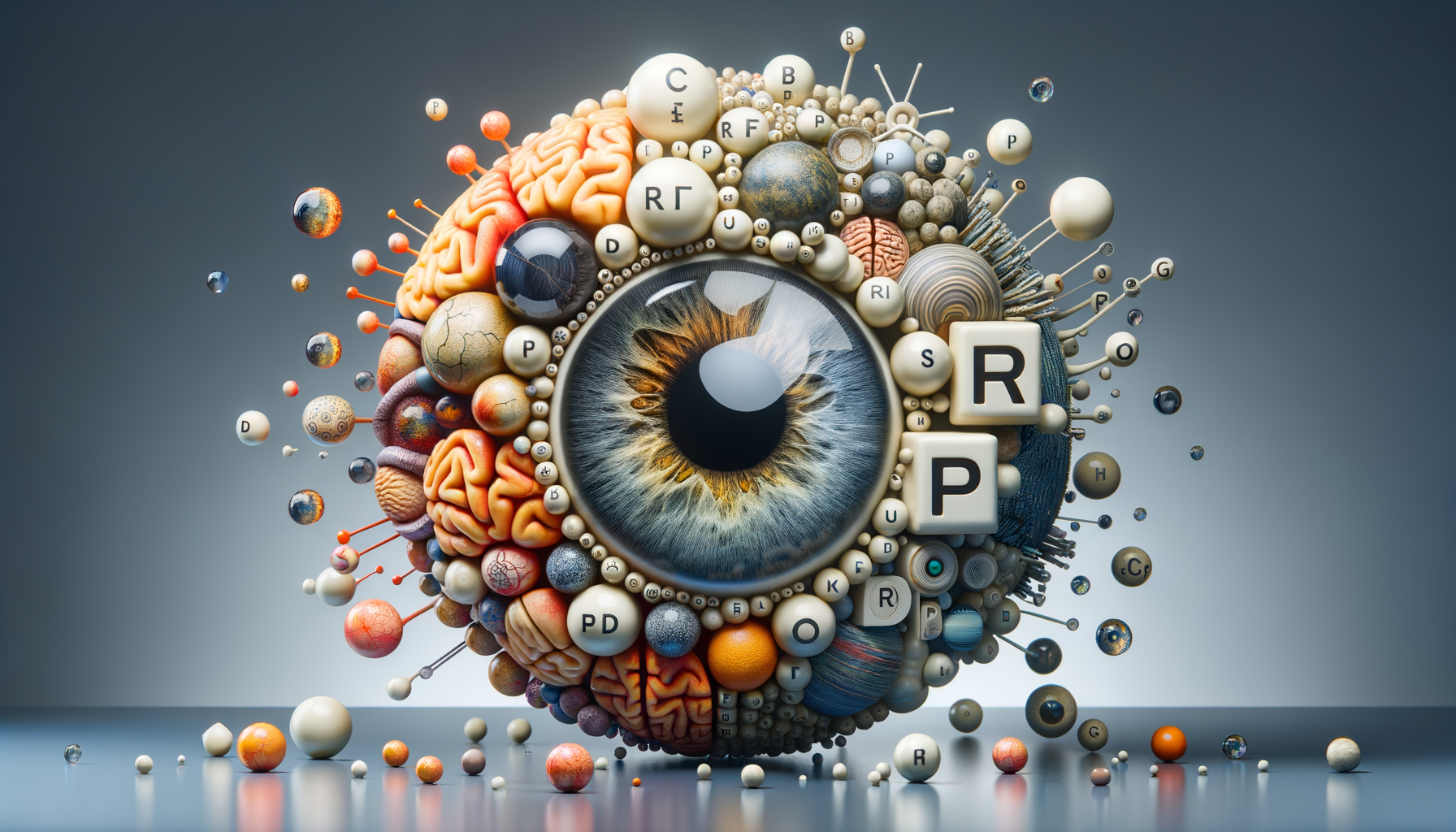
What Eye Doctors Want You to Know About Macular Degeneration
Understanding Macular Degeneration
Macular degeneration, often referred to as age-related macular degeneration (AMD), is a chronic eye disorder that leads to vision loss in the central field of vision. This condition primarily affects the macula, a small central portion of the retina responsible for sharp, central vision. AMD is divided into two types: dry and wet. Dry AMD is more common and progresses slowly, while wet AMD is less common but can lead to rapid vision loss. Understanding the distinction between these types is crucial for effective management.
Dry AMD is characterized by the thinning of the macula and the presence of tiny clumps of protein called drusen. These changes can gradually lead to vision distortion and a blurry central vision. On the other hand, wet AMD occurs when abnormal blood vessels grow under the retina and leak fluid or blood, causing rapid damage to the macula. Early detection through regular eye examinations is vital, as it can significantly slow the progression of both types of AMD.
Key risk factors for AMD include age, genetics, smoking, and lifestyle choices. Individuals over the age of 50 are at a higher risk, and those with a family history of AMD should remain vigilant. Smoking is a significant risk factor, doubling the likelihood of developing AMD. Additionally, a diet lacking in antioxidants and excessive exposure to sunlight without protection can increase the risk of AMD.
Recognizing Symptoms and Seeking Diagnosis
Recognizing the symptoms of macular degeneration early is essential for timely intervention. Common symptoms include blurred or distorted vision, difficulty recognizing faces, and a gradual loss of central vision. In some cases, straight lines may appear wavy or bent, and individuals might notice a dark or empty area in the center of their vision. These symptoms can significantly impact daily activities such as reading, driving, and recognizing faces.
When these symptoms arise, it is crucial to consult an eye care professional promptly. Comprehensive eye examinations, including visual acuity tests and retinal imaging, help in diagnosing AMD. An Amsler grid test is often used to detect vision changes associated with AMD. During this test, a grid of straight lines is observed, and any distortion or missing lines can indicate macular issues.
Early diagnosis is key to managing AMD effectively. While there is no cure, various treatment options can slow the progression and help maintain quality of life. Eye care professionals may recommend lifestyle changes, nutritional supplements, or medical treatments depending on the type and severity of AMD. Regular follow-up appointments are essential to monitor the condition and adjust treatment plans as needed.
Managing and Living with Macular Degeneration
Living with macular degeneration requires a proactive approach to eye health and lifestyle adjustments. While the condition can be challenging, there are several strategies to help manage its impact. A healthy diet rich in antioxidants, vitamins, and minerals is crucial. Foods like leafy greens, fish, nuts, and fruits can support eye health and potentially slow the progression of AMD.
For those diagnosed with AMD, quitting smoking is one of the most effective steps to protect vision. Smoking cessation not only reduces the risk of AMD progression but also benefits overall health. Additionally, wearing sunglasses with UV protection can safeguard eyes from harmful sunlight exposure.
Assistive devices and technologies can also aid individuals with AMD in maintaining independence. Magnifying glasses, specialized reading devices, and electronic readers can enhance daily activities. Low vision rehabilitation programs provide valuable support and training to adapt to vision changes.
Support groups and counseling can be beneficial for emotional well-being, as living with AMD can be emotionally challenging. Connecting with others who share similar experiences can offer encouragement and practical advice. Regular communication with eye care professionals ensures that individuals receive the latest information and treatment options tailored to their needs.


